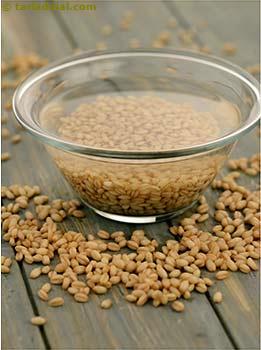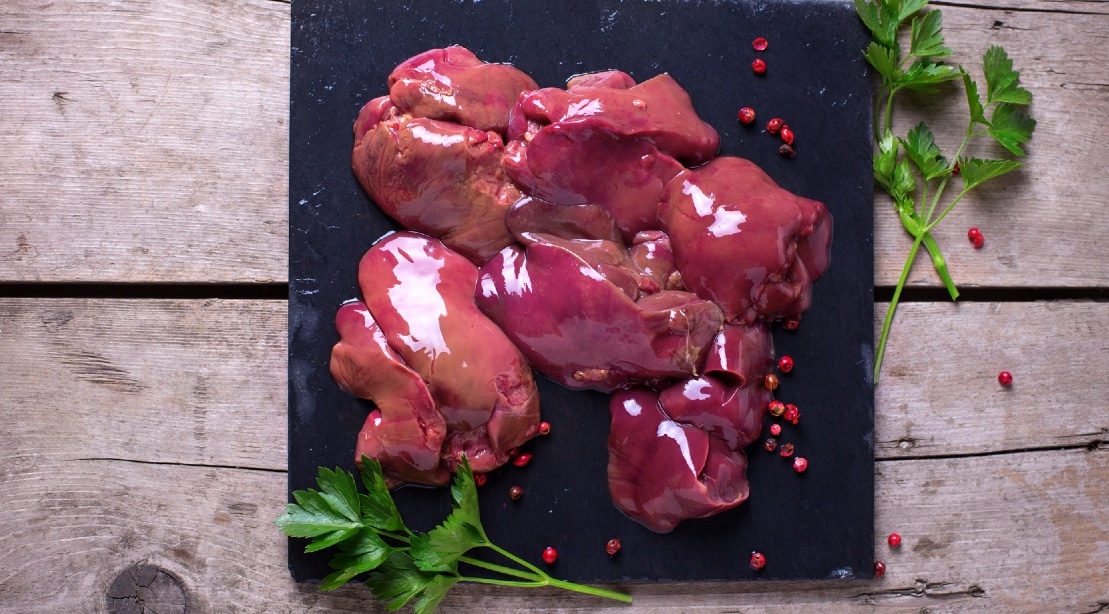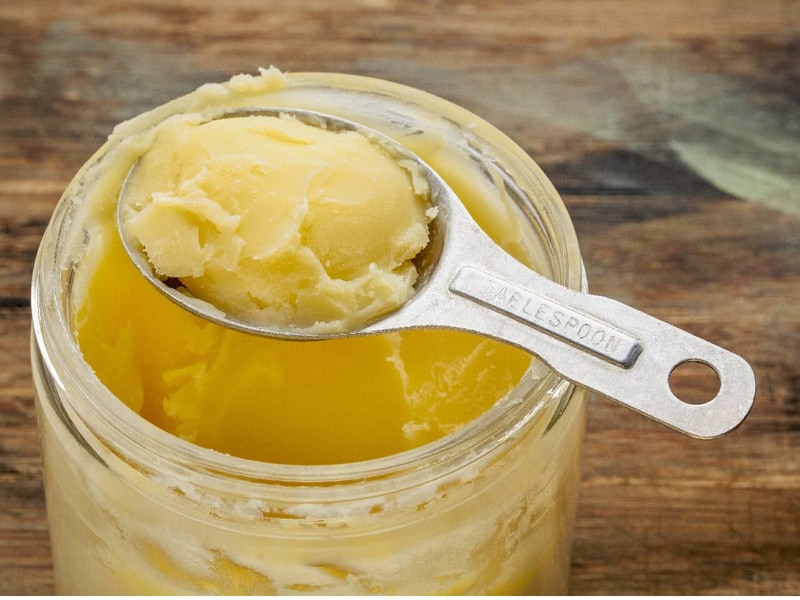Traditional Societies and the Lost Art of Grain Processing
There is a big difference between the way our ancestors consumed whole grains and the way we do in our modern world. Flour wasn’t always available pre-ground by the bag full at the grocery stores. Grains were ground by hand, then soaked for hours, sometimes days before eating. Traditional sourdough bread was made by using a low-rise technique. Traditional societies passed down techniques for proper grain preparation by using practices of soaking, sprouting and fermenting grains prior to consumption. Sadly, these traditional soaking practices are lost in our Western culture, and could be partly to blame for all the health issues surrounding grains today.
Facts About Grains
All grains were created for longevity, with a protective outer layer. They can stay unchanged for years, until the same grain is buried in damp, fertile soil, at the right temperature, then it will begin to sprout within days. All grains contain phytic acid and enzyme inhibitors, which we call anti-nutrients. Basically, they steal nutrient stores as the body attempts to digest these indigestible compounds. Eating commercially produced, unsoaked grains can cause serious damage to our bodies over time.
The Problem with Phytic Acid
Phytic acid in grains, nuts, seeds and beans represents a serious problem in our diets. Phytic acid is an organic acid in which phosphorus is bound that blocks mineral absorption in the intestinal tract. Untreated phytic acid binds with minerals (calcium, magnesium, copper, iron and zinc) blocking their absorption. In a long term deplating the body, resulting in health problems, including tooth decay, nutrient deficiencies, lack of appetite and digestive problems.
If you want to learn more about phytic acid and how to prepare different types of grains, check out his article: Living with Phytic Acid
Soaking, Sprouting and Fermenting
These methods are designed to do what our body can’t by breaking down the anti-nutrients (gluten, lectin, phytic acid, etc). By soaking, sprouting or fermenting your grains prior to eating, these untinuttritents are broken down, think of pre-digested.
I like to soak and ferment my whole grains for 2-3 days in a warm room temperature, by adding a tablespoon of whey (How to make homemade whey), lemon juice or apple cider vinegar. This will neutralize some or most of the phytic acid. But it also depends on what kind of grain we talking. Some grains have more phytic acid than others and it will take more processing to make it more digestible.
In general, in a diet rich in calcium, vitamin D, vitamin A, vitamin C, good fats and lacto-fermented foods, most people will do fine consuming phytic acid. For those suffering from tooth decay, bone loss or mineral deficiencies, should prepare their grains properly by neutralizing some of the phytic acid. For children under age six and for pregnant women, it is best to consume a diet as low in phytic acid as possible.




